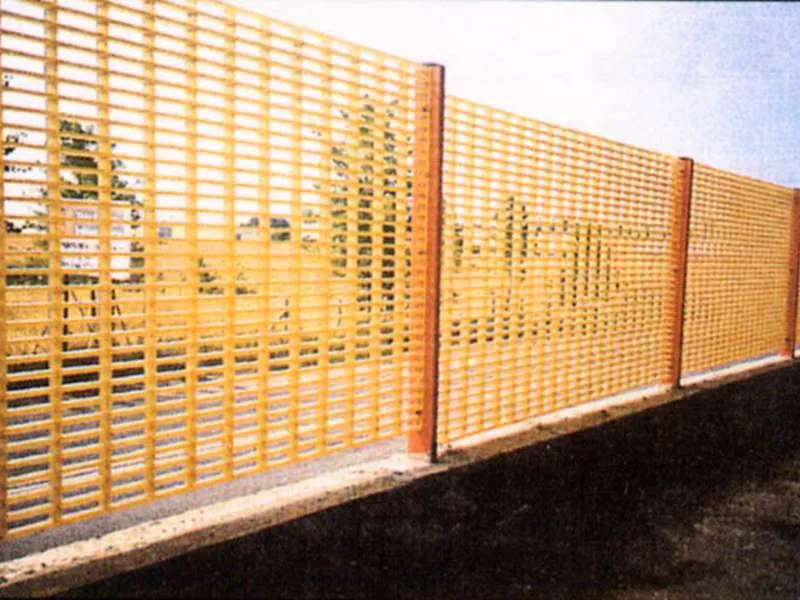
-
 Afrikaans
Afrikaans -
 Albanian
Albanian -
 Amharic
Amharic -
 Arabic
Arabic -
 Armenian
Armenian -
 Azerbaijani
Azerbaijani -
 Basque
Basque -
 Belarusian
Belarusian -
 Bengali
Bengali -
 Bosnian
Bosnian -
 Bulgarian
Bulgarian -
 Catalan
Catalan -
 Cebuano
Cebuano -
 China
China -
 China (Taiwan)
China (Taiwan) -
 Corsican
Corsican -
 Croatian
Croatian -
 Czech
Czech -
 Danish
Danish -
 Dutch
Dutch -
 English
English -
 Esperanto
Esperanto -
 Estonian
Estonian -
 Finnish
Finnish -
 French
French -
 Frisian
Frisian -
 Galician
Galician -
 Georgian
Georgian -
 German
German -
 Greek
Greek -
 Gujarati
Gujarati -
 Haitian Creole
Haitian Creole -
 hausa
hausa -
 hawaiian
hawaiian -
 Hebrew
Hebrew -
 Hindi
Hindi -
 Miao
Miao -
 Hungarian
Hungarian -
 Icelandic
Icelandic -
 igbo
igbo -
 Indonesian
Indonesian -
 irish
irish -
 Italian
Italian -
 Japanese
Japanese -
 Javanese
Javanese -
 Kannada
Kannada -
 kazakh
kazakh -
 Khmer
Khmer -
 Rwandese
Rwandese -
 Korean
Korean -
 Kurdish
Kurdish -
 Kyrgyz
Kyrgyz -
 Lao
Lao -
 Latin
Latin -
 Latvian
Latvian -
 Lithuanian
Lithuanian -
 Luxembourgish
Luxembourgish -
 Macedonian
Macedonian -
 Malgashi
Malgashi -
 Malay
Malay -
 Malayalam
Malayalam -
 Maltese
Maltese -
 Maori
Maori -
 Marathi
Marathi -
 Mongolian
Mongolian -
 Myanmar
Myanmar -
 Nepali
Nepali -
 Norwegian
Norwegian -
 Norwegian
Norwegian -
 Occitan
Occitan -
 Pashto
Pashto -
 Persian
Persian -
 Polish
Polish -
 Portuguese
Portuguese -
 Punjabi
Punjabi -
 Romanian
Romanian -
 Russian
Russian -
 Samoan
Samoan -
 Scottish Gaelic
Scottish Gaelic -
 Serbian
Serbian -
 Sesotho
Sesotho -
 Shona
Shona -
 Sindhi
Sindhi -
 Sinhala
Sinhala -
 Slovak
Slovak -
 Slovenian
Slovenian -
 Somali
Somali -
 Spanish
Spanish -
 Sundanese
Sundanese -
 Swahili
Swahili -
 Swedish
Swedish -
 Tagalog
Tagalog -
 Tajik
Tajik -
 Tamil
Tamil -
 Tatar
Tatar -
 Telugu
Telugu -
 Thai
Thai -
 Turkish
Turkish -
 Turkmen
Turkmen -
 Ukrainian
Ukrainian -
 Urdu
Urdu -
 Uighur
Uighur -
 Uzbek
Uzbek -
 Vietnamese
Vietnamese -
 Welsh
Welsh -
 Bantu
Bantu -
 Yiddish
Yiddish -
 Yoruba
Yoruba -
 Zulu
Zulu
fiberglass sewer pipe
The Advantages of Fiberglass Sewer Pipes
In recent years, fiberglass sewer pipes have gained popularity in the construction industry due to their exceptional properties and benefits over traditional materials. As cities and municipalities upgrade their infrastructure, understanding the advantages of fiberglass can help decision-makers choose the best options for their sewer systems. This article explores the benefits, installation processes, and maintenance of fiberglass sewer pipes, highlighting why they are an excellent choice for modern sanitation systems.
What is Fiberglass?
Fiberglass, or glass-reinforced plastic (GRP), consists of a polymer matrix reinforced with glass fibers. This composite material possesses remarkable strength-to-weight ratios, corrosion resistance, and flexibility. These properties make fiberglass an ideal candidate for sewer pipes, which often contend with a variety of stressors, including environmental conditions and the corrosive nature of sewage.
Advantages of Fiberglass Sewer Pipes
1. Corrosion Resistance One of the most significant benefits of fiberglass sewer pipes is their resistance to corrosion. Traditional materials like concrete and metal can deteriorate over time due to chemical reactions with sewage and groundwater. Fiberglass, on the other hand, does not rust or corrode, ensuring longer service life and reduced maintenance costs.
2. Durability and Longevity Fiberglass sewer pipes are incredibly durable. They can withstand heavy loads, seismic shifts, and severe weather conditions, making them suitable for both urban and rural applications. With proper installation, these pipes can last for over 50 years, significantly reducing the need for replacements and repairs.
3. Lightweight Compared to traditional materials such as concrete or clay, fiberglass is lightweight, making it easier to transport and install. This property leads to reduced labor costs and faster installation times, which are essential when working on large-scale sewer projects.
fiberglass sewer pipe

4. Easy to Install The flexibility of fiberglass allows it to be installed in various configurations without the need for extensive fittings. This adaptability can lead to faster construction timelines, minimizing disruptions to existing infrastructure and surroundings.
5. Smooth Interior Surface The internal surface of fiberglass pipes is smooth, which allows for better flow characteristics compared to other materials. This smoothness reduces friction, leading to lower energy costs for wastewater transport and minimizing the risk of clogs.
6. Environmental Compatibility Fiberglass sewer pipes are made from non-toxic materials, making them safe for the environment. Their longevity also means fewer resources are consumed for repairs and replacements, contributing to a smaller carbon footprint over the lifespan of the infrastructure.
Installation and Maintenance
The installation of fiberglass sewer pipes requires careful planning and skilled professionals to ensure proper alignment and integrity. Typically, a trench is dug to lay the pipes, and special fittings may be used to accommodate changes in direction or elevation. Because the pipes are lightweight, heavy machinery may not always be necessary, streamlining the installation process.
Maintenance of fiberglass sewer pipes is minimal. Routine inspections should be conducted to monitor the overall system, but the durability and resistance to corrosion significantly reduce the frequency and cost of repairs compared to traditional materials.
Conclusion
Fiberglass sewer pipes present a forward-thinking solution for modern sewage systems, combining durability, environmental safety, and cost-effectiveness. As the demand for reliable infrastructure grows, utilizing innovative materials like fiberglass can lead to more sustainable urban development. By understanding the advantages of fiberglass sewer pipes, municipalities can make informed decisions that enhance the longevity and efficiency of their sewage systems, ultimately benefiting both the community and the environment.
Latest news
-
Exploring the Benefits of Top Hammer Drifter Rods for Enhanced Drilling PerformanceNewsJun.10,2025
-
High-Precision Fiberglass Winding Machine for GRP/FRP Pipe Production – Reliable & Efficient SolutionsNewsJun.10,2025
-
FRP Pipes & Fittings for Shipbuilding - Corrosion-Resistant & LightweightNewsJun.09,2025
-
Premium FRP Flooring Solutions Durable & Slip-ResistantNewsJun.09,2025
-
Premium Fiberglass Rectangular Tanks Durable & Lightweight SolutionNewsJun.09,2025
-
Tapered Drill String Design Guide Durable Performance & UsesNewsJun.09,2025









